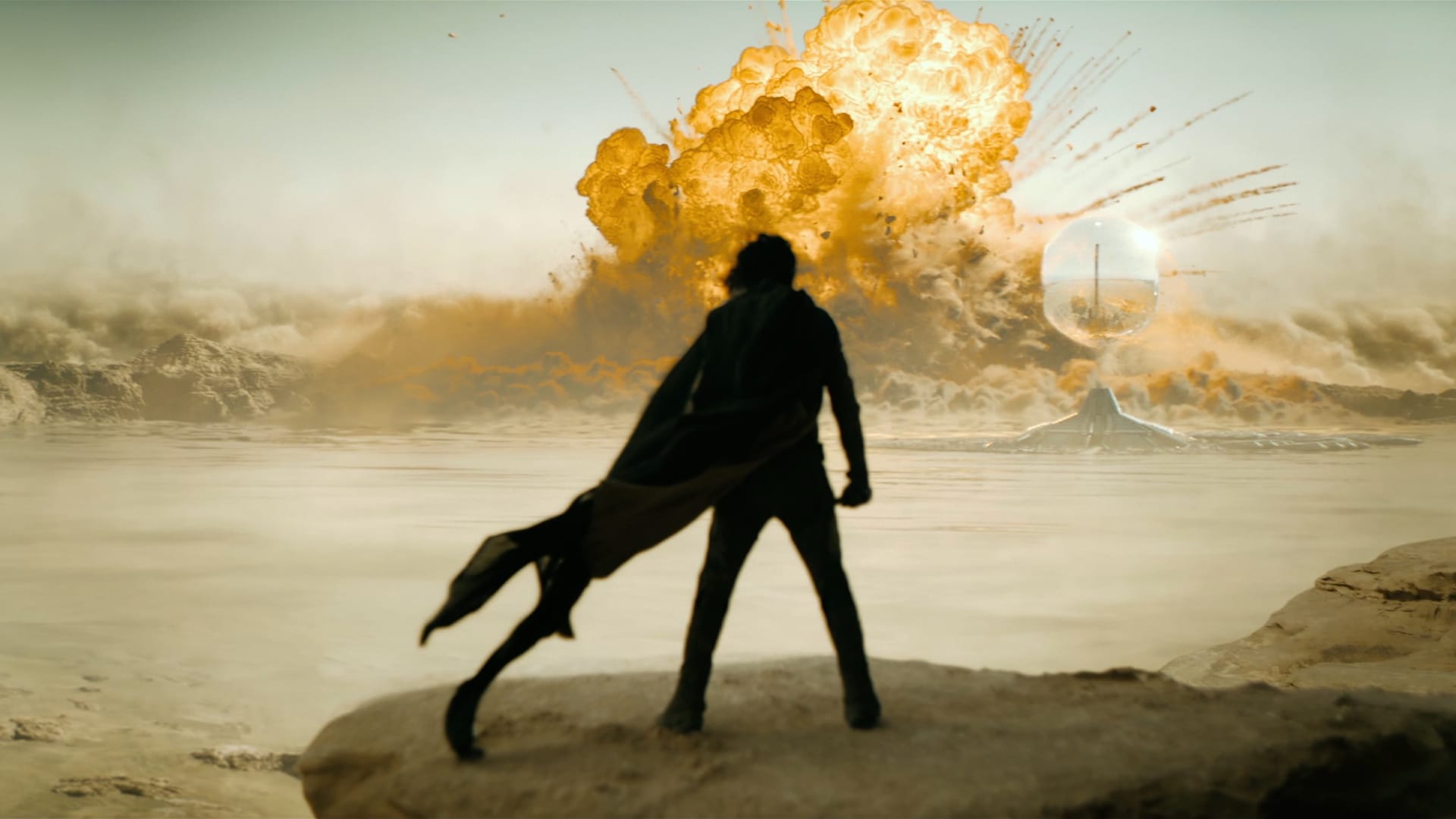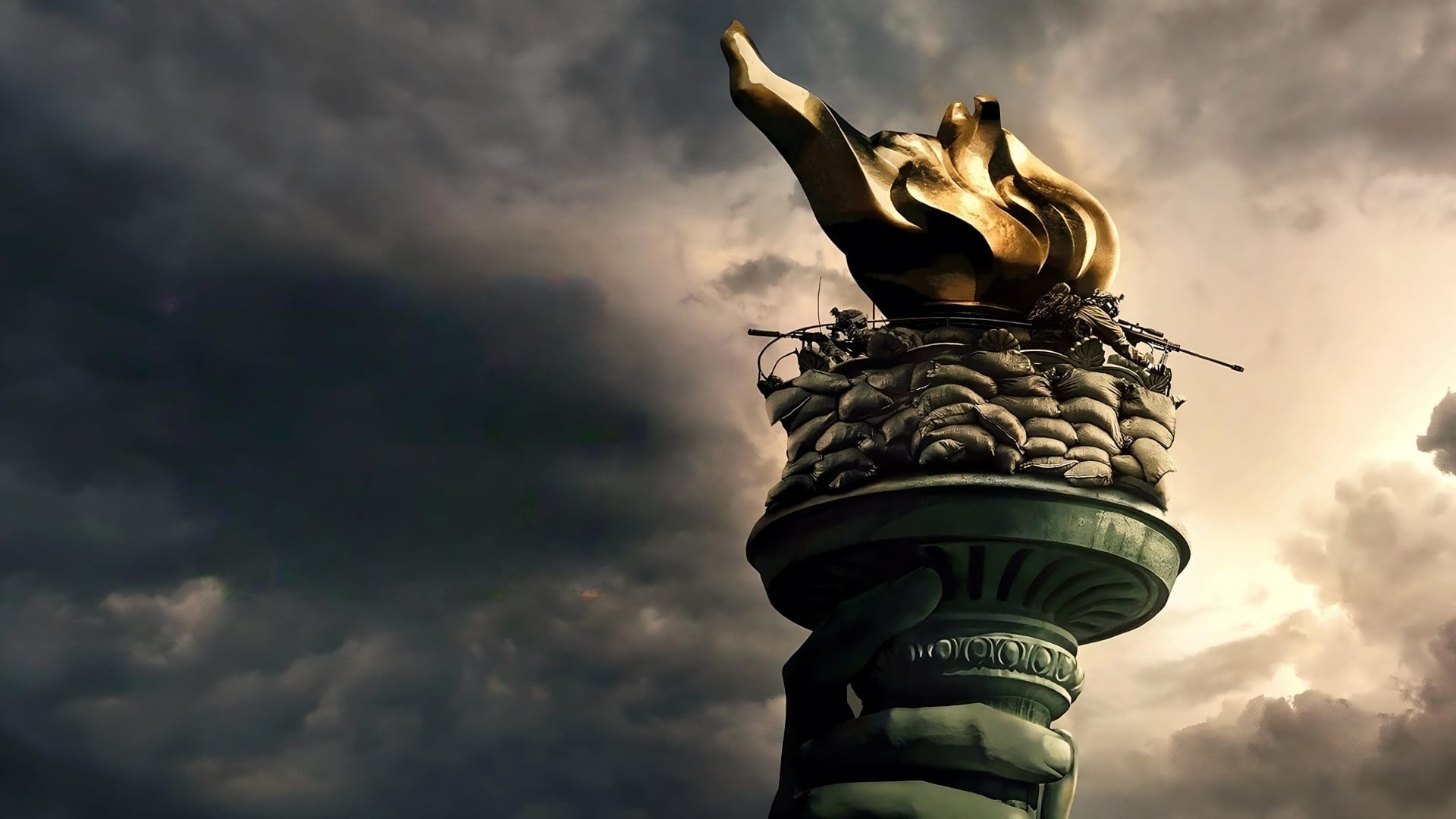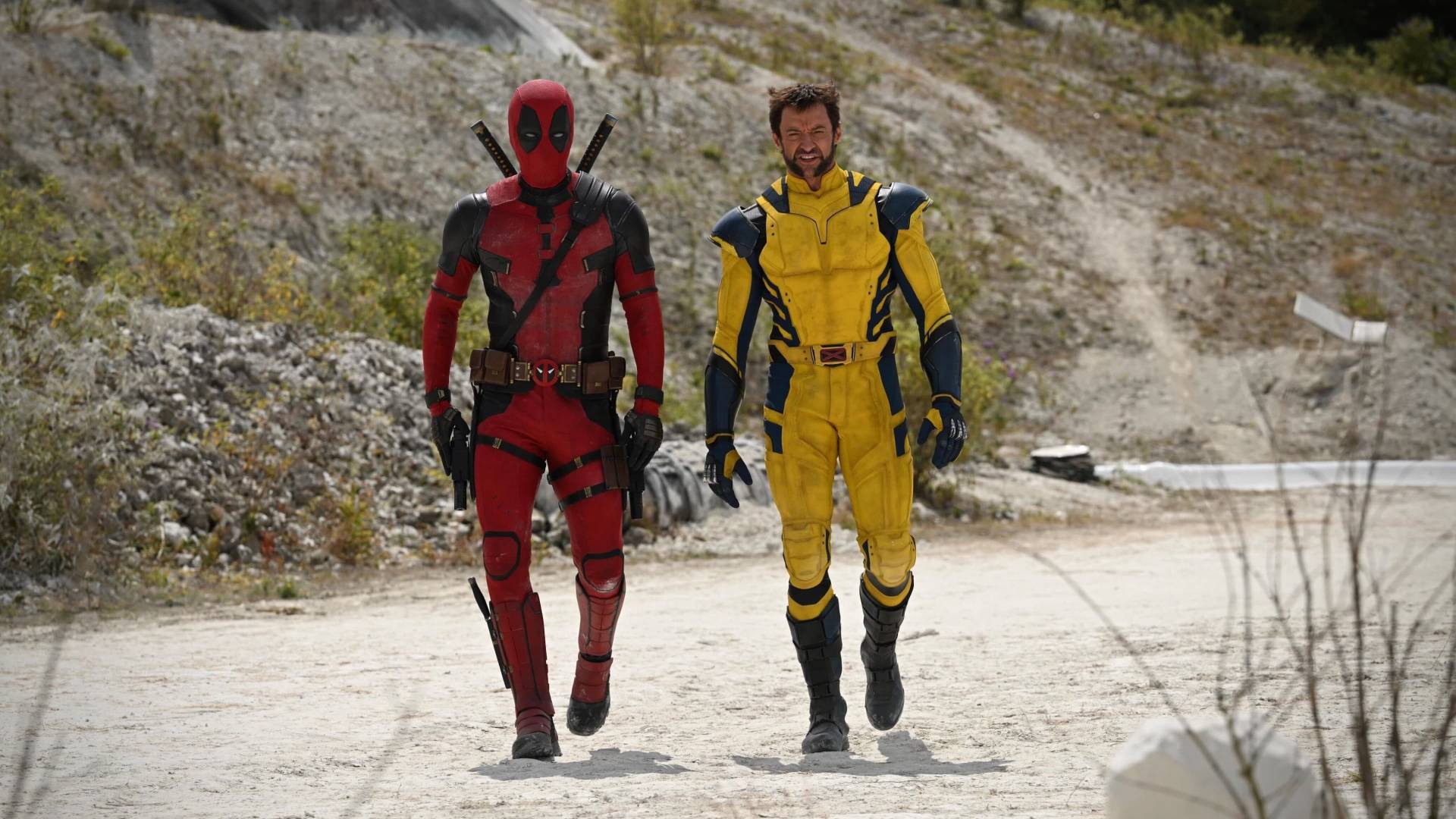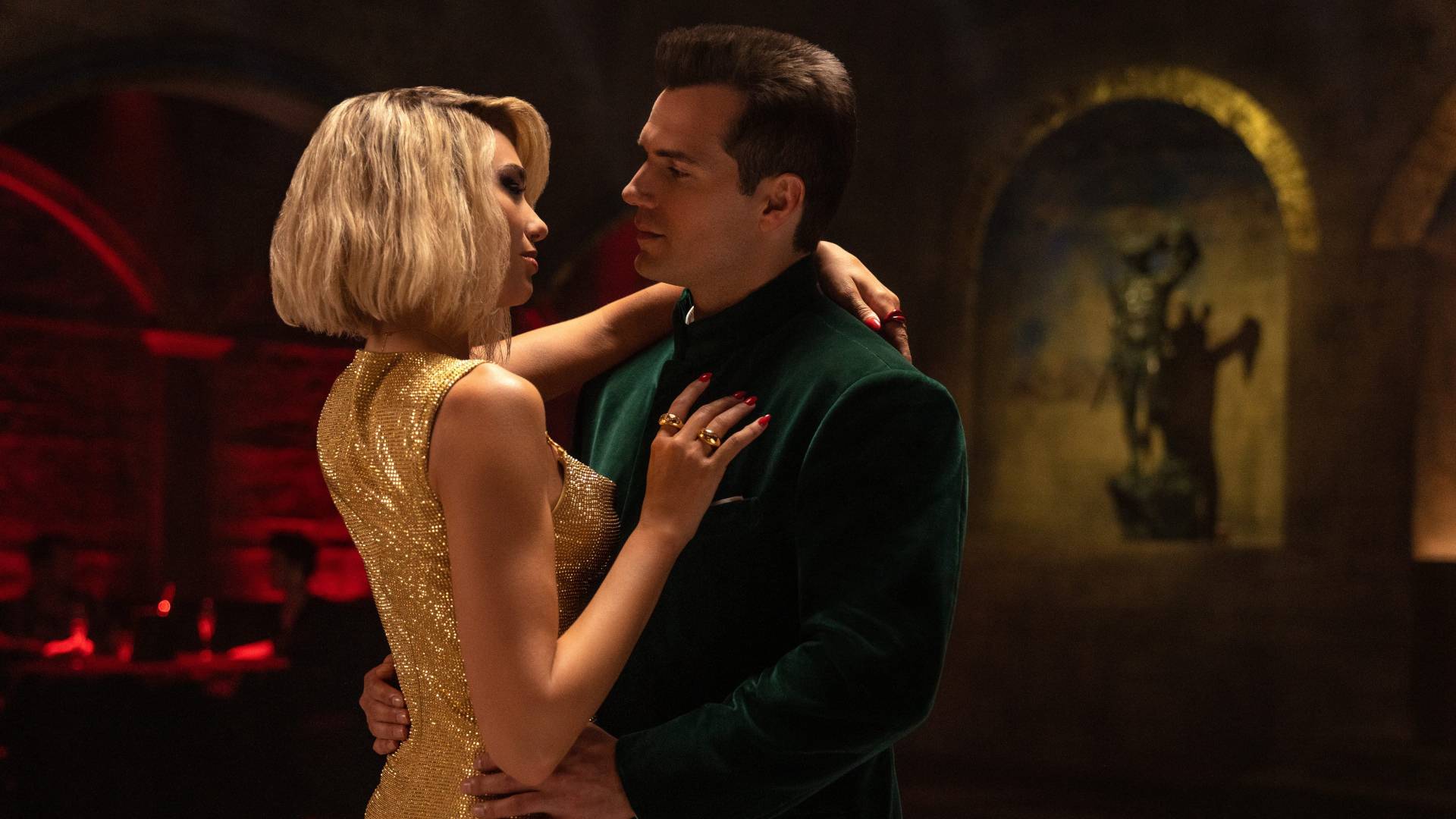Why The Battle of Austerlitz from Ridley Scott's Napoleon is a Cinematic Masterpiece?
Scott's cinematographic approach to the Battle of Austerlitz is nothing short of a visual symphony.
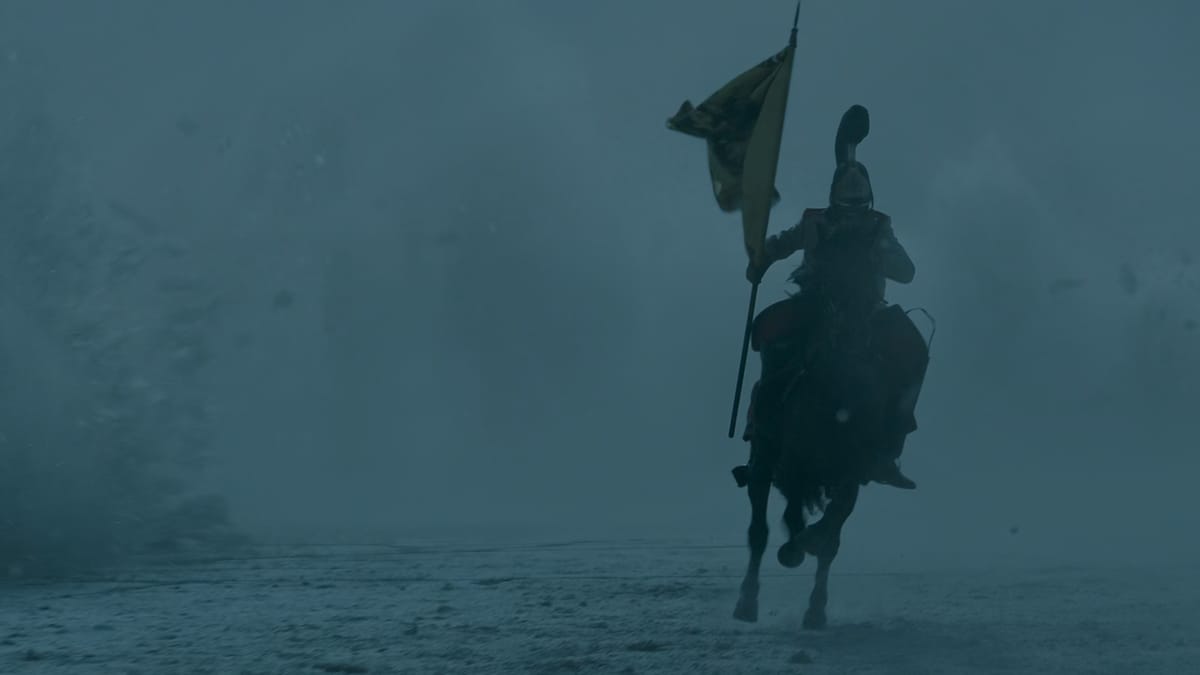
Ridley Scott's direction and cinematography in the Battle of Austerlitz is a testament to cinematic brilliance.
In the pantheon of cinematic excellence, Ridley Scott's directorial prowess in Napoleon movie particularly shines in his depiction of the Battle of Austerlitz. This sequence stands as a monumental testament to Scott's mastery over the craft of filmmaking, blending historical accuracy with cinematic innovation to create an immersive experience.
From the outset, Scott's cinematographic approach to the Battle of Austerlitz is nothing short of a visual symphony. His use of wide-angle shots captures the vastness of the battlefield, juxtaposed with tight close-ups that emphasize the human cost of war. Each frame is meticulously composed, balancing the chaos of war with an underlying order reflective of Napoleon's strategic mind. The lighting, a quintessential element of Scott's cinematography, is employed to dramatic effect, casting shadows and highlights that accentuate the turmoil and heroism on the battlefield.
Scott's direction in this sequence is a masterclass in balancing epic scale with intimate storytelling.
His ability to navigate the grandiose scale of Austerlitz, while maintaining focus on individual narratives, is commendable. He choreographs the battle scenes with a deft hand, ensuring clarity amidst the mayhem. Scott's choice of camera angles and movements immerses viewers directly into the heart of the conflict, allowing them to witness the strategic ingenuity of Napoleon and the visceral reality of war.
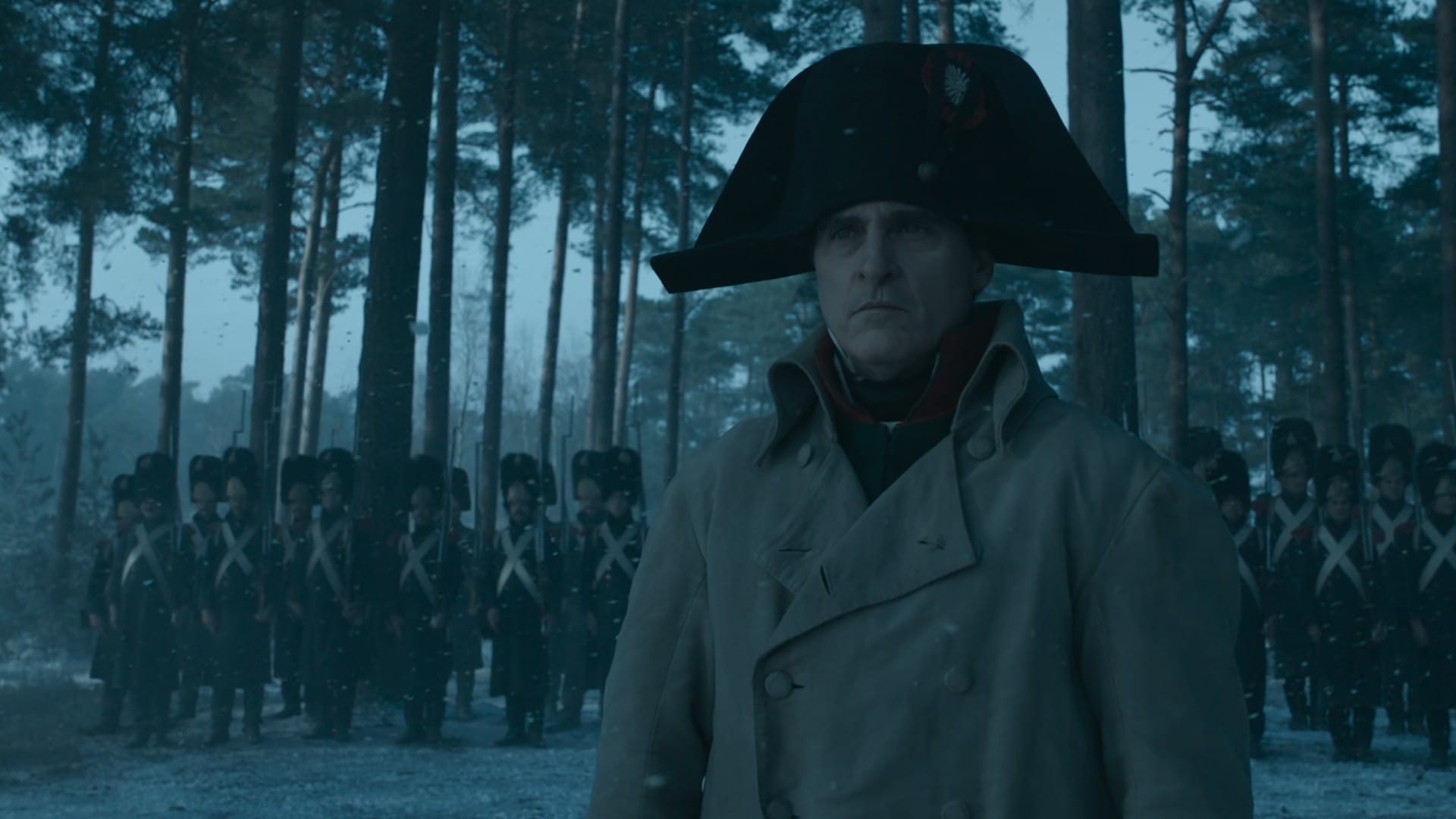
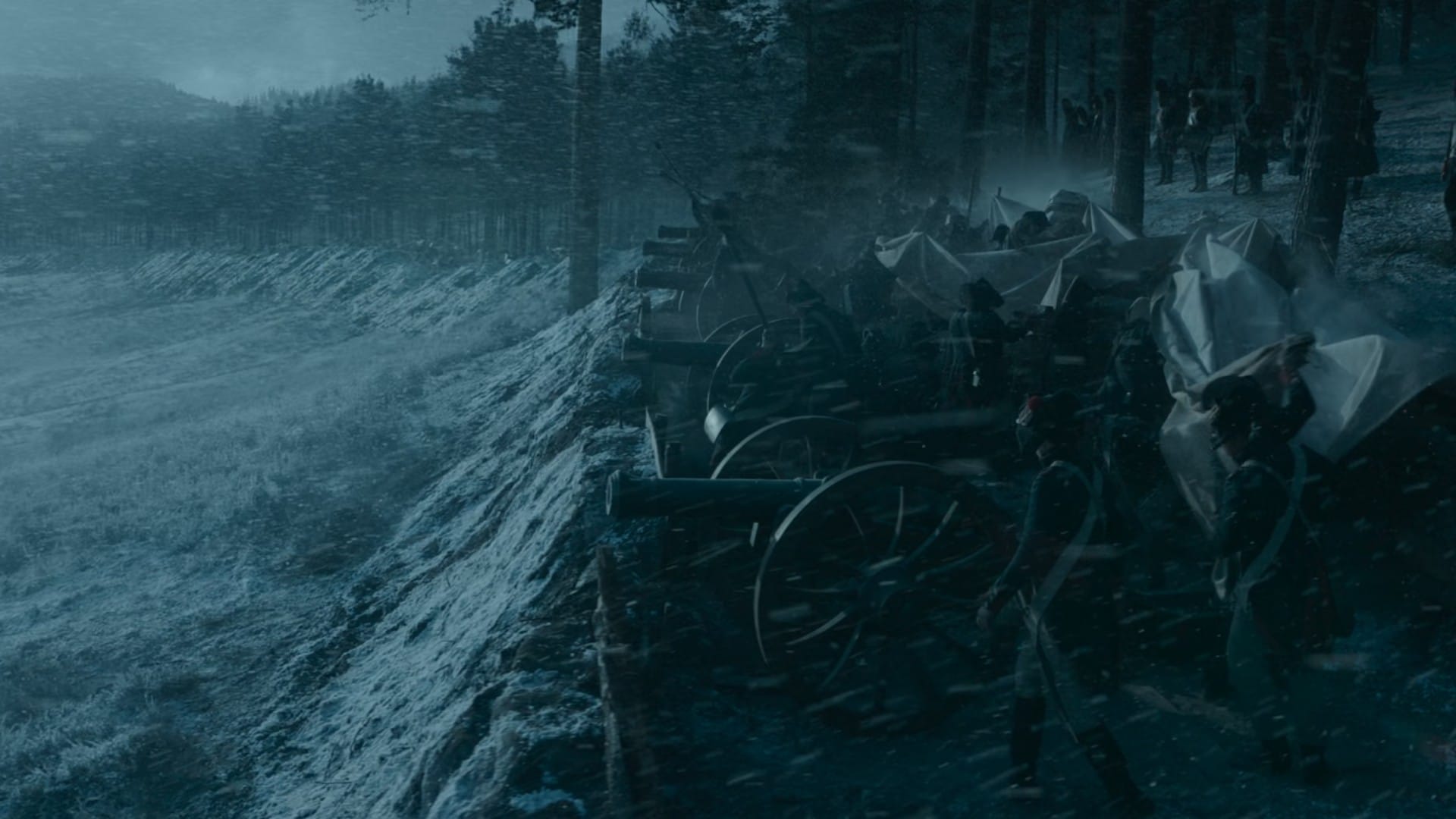
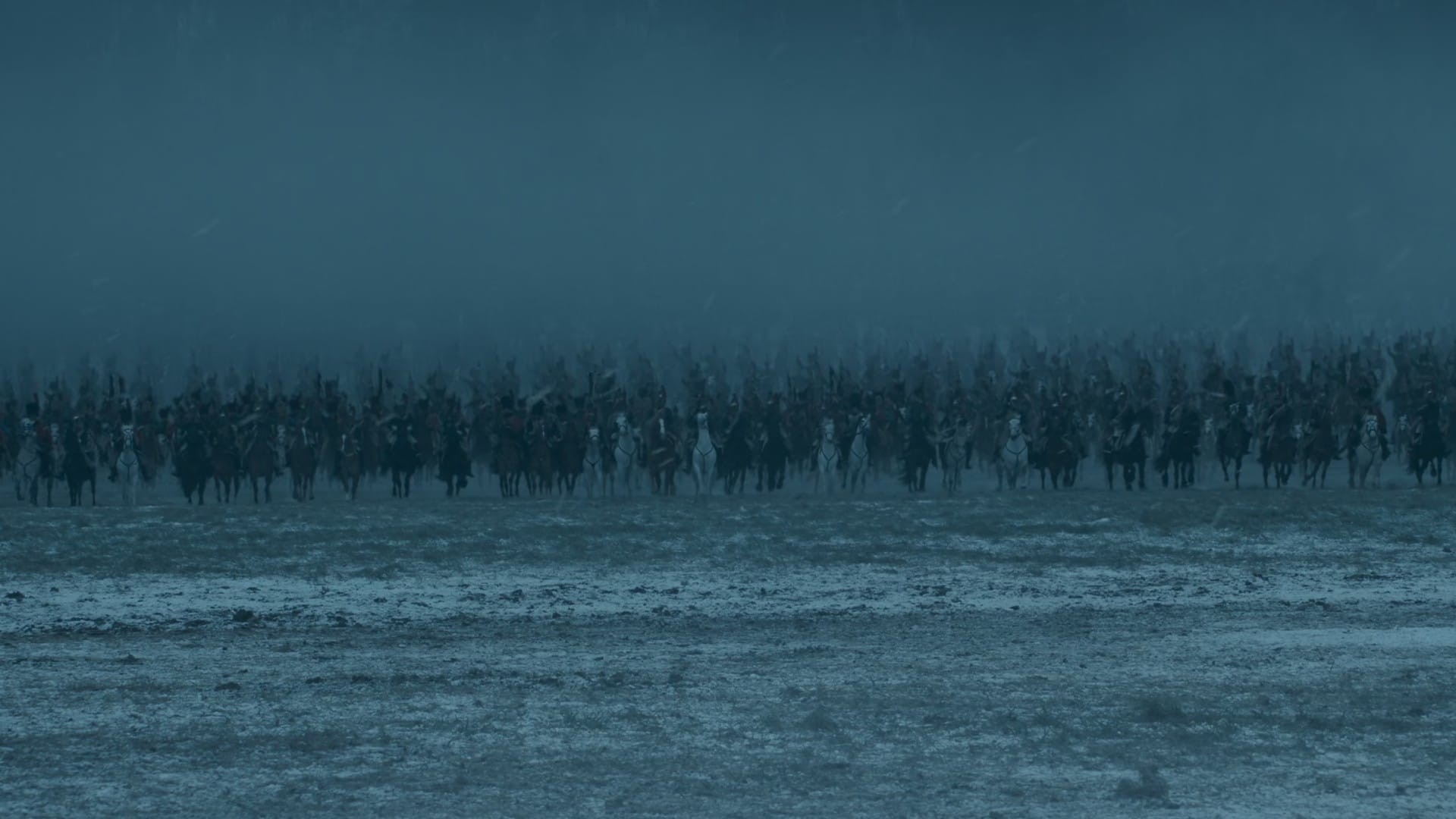
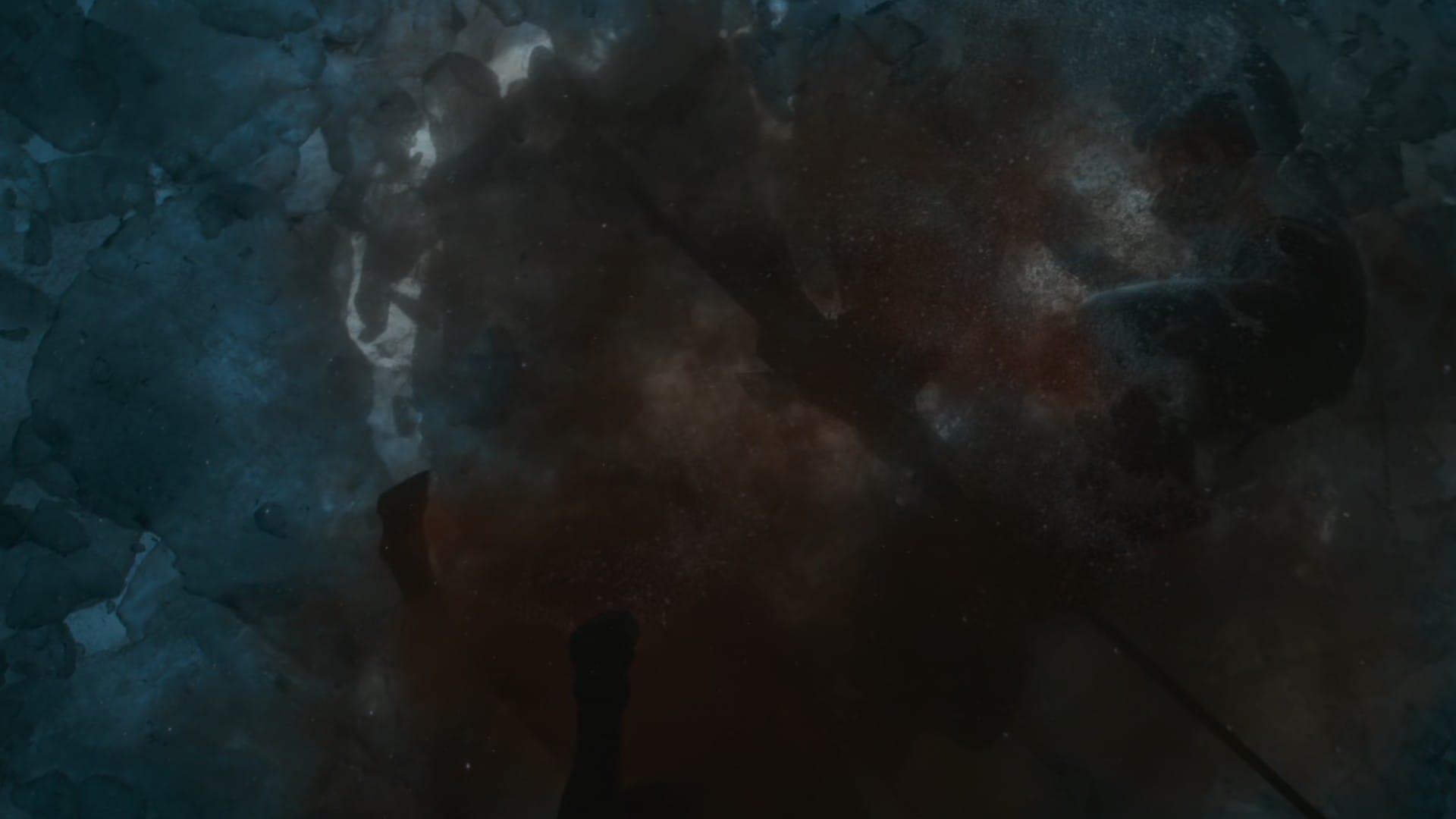
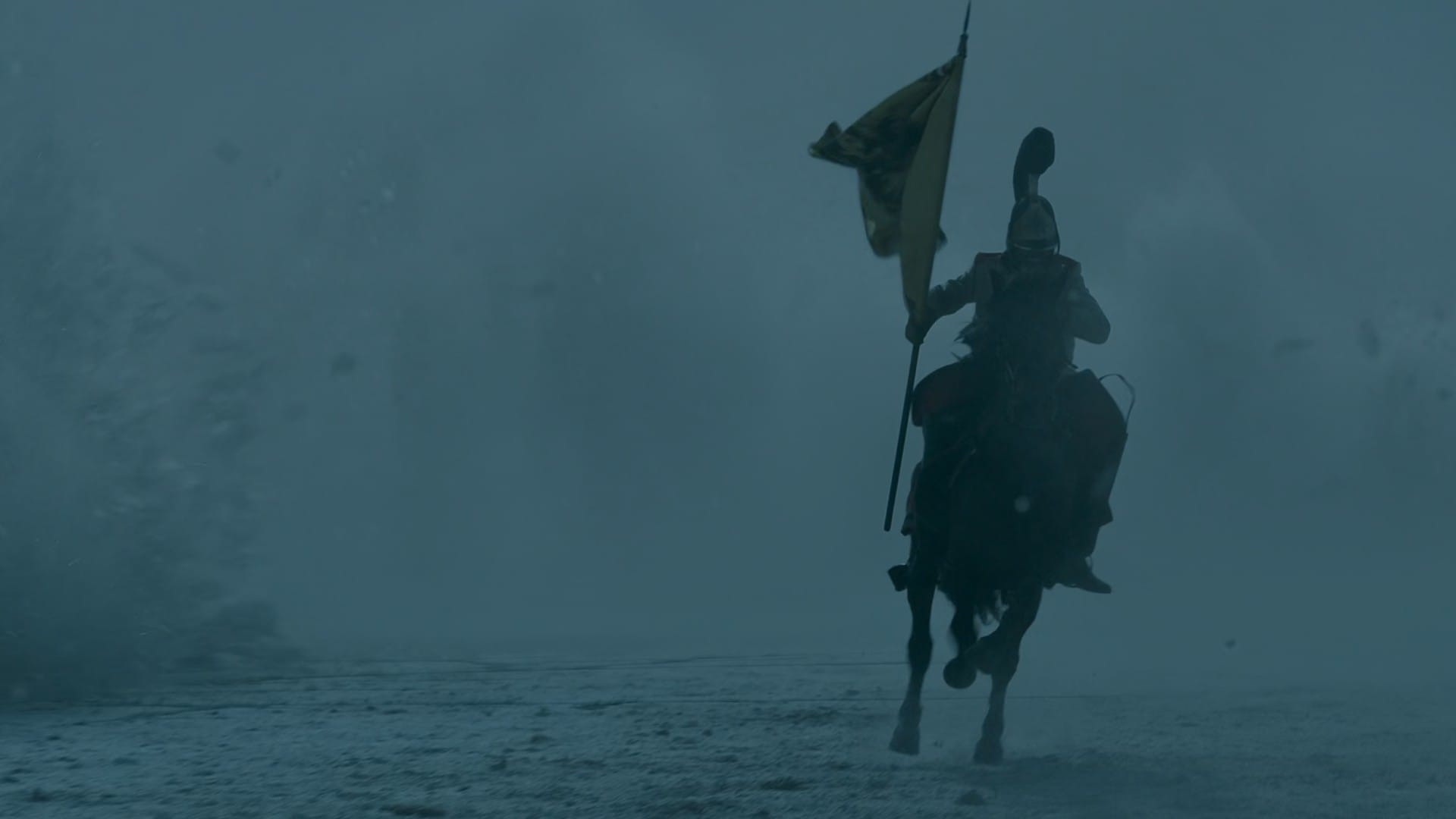
Some still shot from the Battle of Austerlitz sequence from Ridley Scott's Napoleon (2023) movie.
A hallmark of Scott's direction is his innovative use of technology and practical effects. In the Battle of Austerlitz, he employs cutting-edge CGI to enhance the realism of the battle scenes without overshadowing the practical elements.
The seamless integration of these effects with live-action sequences demonstrates Scott's commitment to authenticity and his skill in utilizing technology to serve the story in a real impactful way.
The sound design in the Battle of Austerlitz is a crucial component of its success. The roar of cannons, the clash of swords, and the cries of soldiers are meticulously layered to create a soundscape that is both overwhelming and precise. The score, simultaneously rousing and haunting, complements the visuals to amplify the impact of the battle, transporting viewers to the heart of the Napoleonic era.
Ridley Scott's treatment of the Battle of Austerlitz in Napoleon movie stands as a testament to his status as a visionary filmmaker. Through his technical expertise, innovative use of technology, and emotive storytelling, Scott not only recreates a pivotal moment in history but also elevates it to a cinematic spectacle. His direction and cinematography in this sequence are not merely a portrayal of a historical event; they are an ode to the art of filmmaking, a reminder of the power of cinema to captivate, educate, and inspire.
In the annals of film history, Scott's rendition of the Battle of Austerlitz will undoubtedly be remembered as a pinnacle of cinematic achievement.
Rating: ★★★★★

